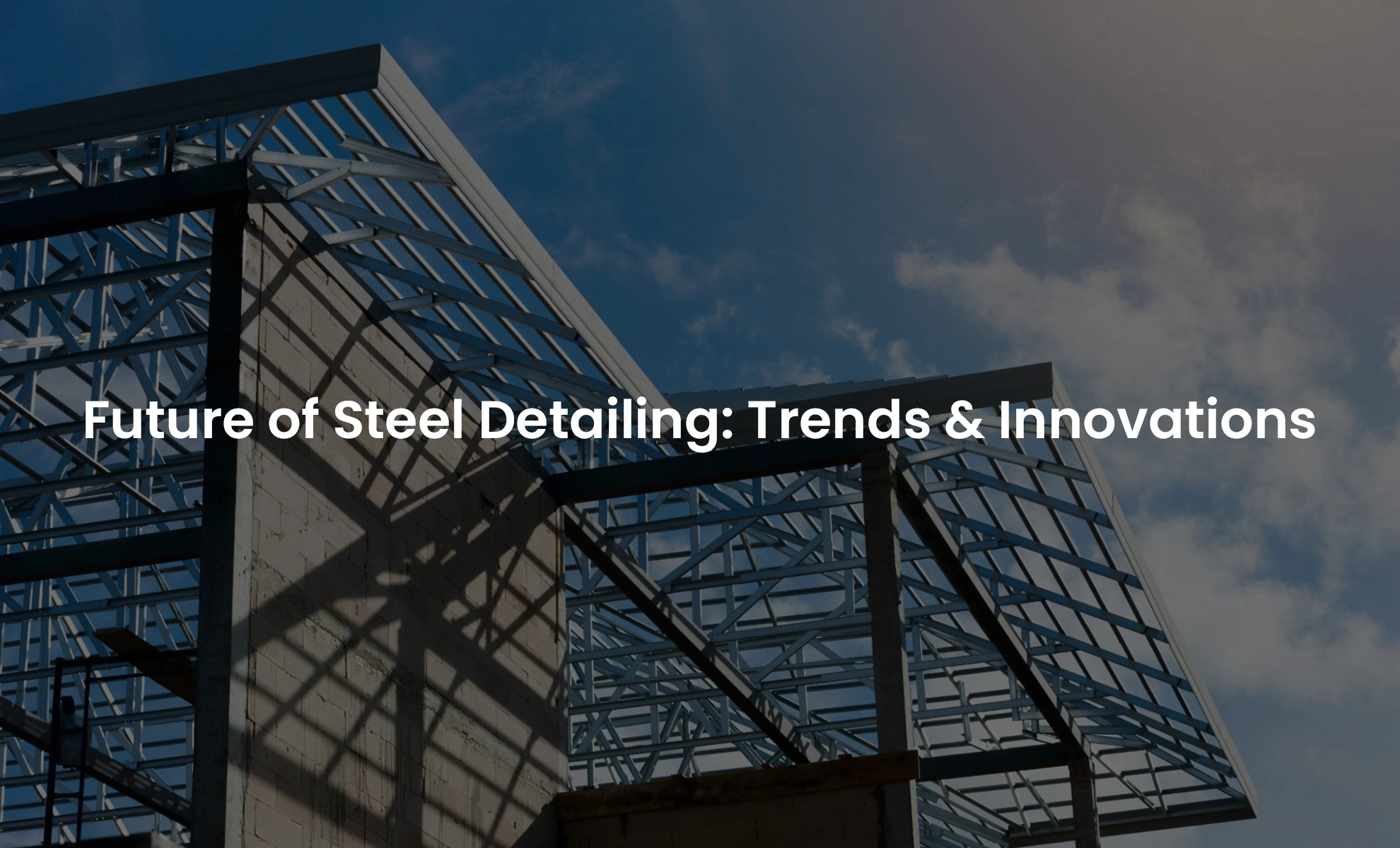Introduction
Steel detailing industry has always played a pivotal role in the success of construction projects, acting as the bridge between architectural vision and structural reality. As technology accelerates and the demand for smarter, more sustainable buildings grows, steel detailing is undergoing a transformation. Staying ahead of the curve with the latest innovations and future trends in steel detailing industry 2025 is essential for professionals who want to deliver accuracy, efficiency, and value.
1. Rise of 3D Modeling and BIM Integration
One of the most significant advancements in recent years is the integration of advanced 3D modeling software for steel detailing. Building Information Modeling (BIM) has revolutionized the way detailers, engineers, and fabricators collaborate. BIM allows for the creation of highly detailed, data-rich models that improve visualization, facilitate clash detection, and ensure all stakeholders are on the same page. The role of BIM in modern steel detailing workflows is only set to grow, enabling even more accurate and efficient project delivery.
2. Cloud-Based Collaboration and Real-Time Workflows
The shift to cloud-based collaboration for steel detailing teams is breaking down geographical barriers. Real-time workflows mean that changes and updates can be instantly shared, reducing errors and miscommunication. This level of connectivity streamlines project management, shortens timelines, and enhances overall productivity. The benefits of real-time collaboration in steel detailing projects are clear: faster decision-making, fewer mistakes, and a more agile response to project challenges.
3. Automation and AI-Driven Detailing
Automation tools for steel detailing accuracy are rapidly becoming industry standards. Artificial intelligence is being leveraged for design validation, clash detection, and optimization, allowing detailers to focus on higher-level problem-solving. The impact of artificial intelligence on steel detailing includes reduced manual errors, faster turnaround times, and more consistent results across projects. As automation advances, expect even more tasks to be streamlined, from material takeoffs to fabrication instructions.
4. Virtual Reality (VR) and Augmented Reality (AR) in Steel Detailing
Virtual reality and augmented reality in steel detailing are opening up new possibilities for immersive project reviews and stakeholder engagement. VR and AR allow teams to “walk through” models before construction begins, identifying potential issues and improving communication with clients and contractors. This technology is especially valuable for quality control and training, ensuring everyone involved understands the project’s intricacies.
5. 3D Laser Scanning and Digital Twins
3D laser scanning applications in steel detailing are enhancing precision, especially in renovation and retrofit projects. Laser scans capture existing conditions with millimeter accuracy, enabling detailers to create models that fit perfectly with what’s already on site. Digital twins-virtual replicas of physical structures-are being used for real-time simulation, monitoring, and optimization, providing valuable insights throughout a building’s lifecycle.
